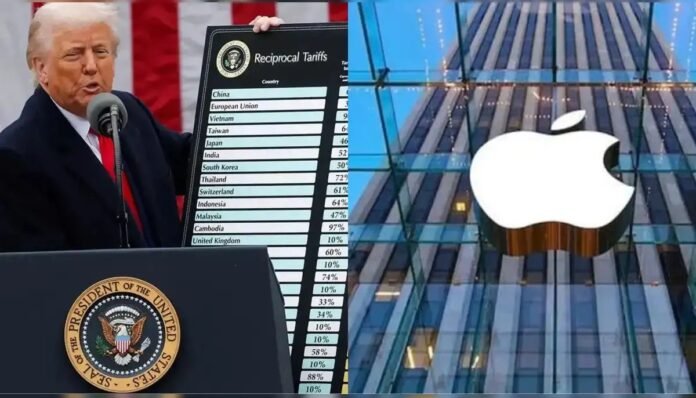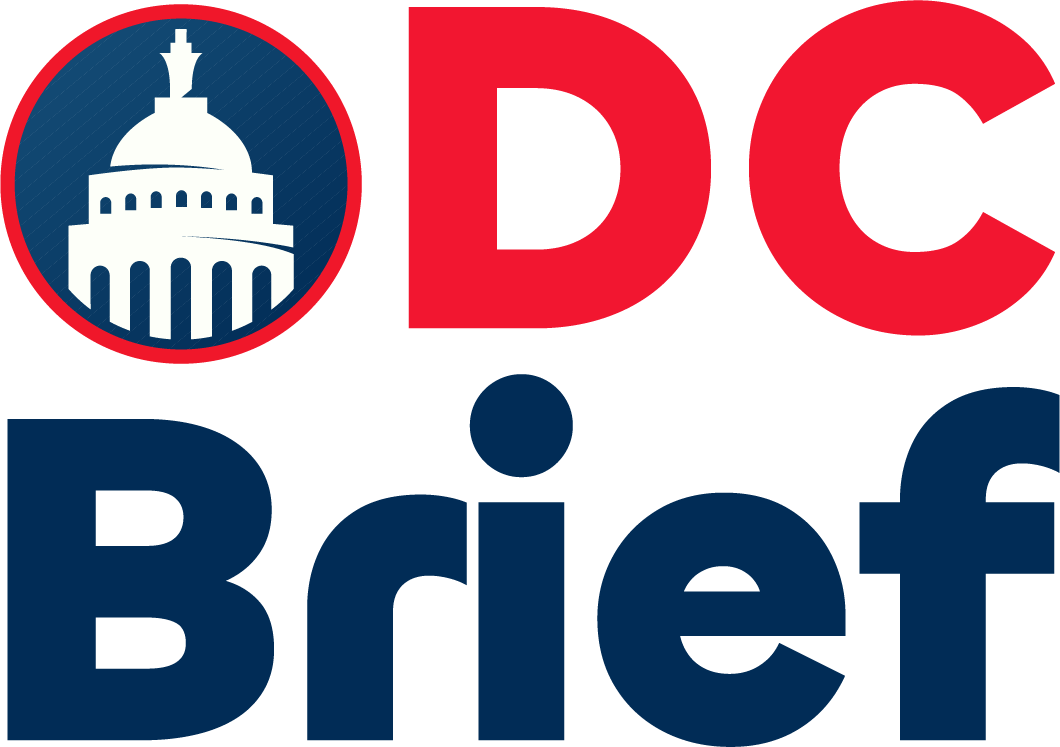Apple faces tariff pressure as fresh threats from Donald Trump shake investor confidence and cloud the company’s future earnings. The tech giant is already struggling with slowing growth, and now potential tariffs could add to its challenges. Trump warned he might impose a 25% tariff on Apple products if the company fails to relocate iPhone production to the U.S.
This announcement pushed Apple shares down 3% last week. The drop extended a losing streak to eight consecutive sessions. That marked the longest selloff for Apple since January 2022.
While some experts believe the tariff might not materialize, the warning still rattled markets. If implemented, Apple must either absorb higher costs or raise prices. Either path could damage profits or reduce consumer demand.
Apple faces tariff pressure during a year of weak performance. Its stock has fallen 22% in 2025, making it the worst-performing among the “Magnificent Seven.” The Nasdaq 100, by comparison, slipped only 0.5%. Apple’s volatility index also jumped over 30%, showing increased investor concern.
Trump’s position on tariffs shifted quickly. Hours after criticizing Apple on social media, he expanded the tariff threat to all foreign-made smartphones. Ironically, that could help Apple compete, since rival brands would face the same import penalties.
Even so, manufacturing iPhones in the U.S. remains highly impractical. Analysts call the idea “unfeasible” due to Apple’s global supply chain. Moving production to the U.S. could increase costs by up to 90%, according to Bank of America.
JPMorgan analysts say that Apple might still benefit if all brands face equal pressure. The company’s pricing power might protect it more than others. But analysts also trimmed their earnings estimates for 2026, citing the uncertainty.
Apple faces tariff pressure and mounting valuation risks. Its stock trades above its ten-year average price-to-earnings ratio. At the same time, expected growth continues to slow.
Investors now face a tough question: Is this a buying opportunity, or just a falling knife? The answer remains unclear. For now, Apple must navigate political risks, market skepticism, and operational limits.
For more updates, visit DC Brief.


